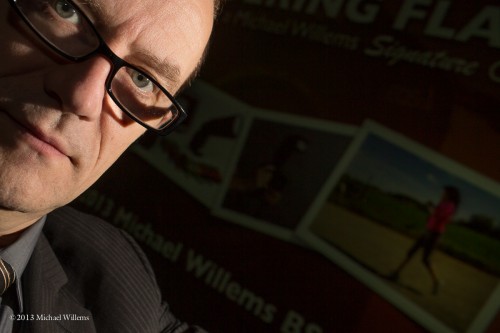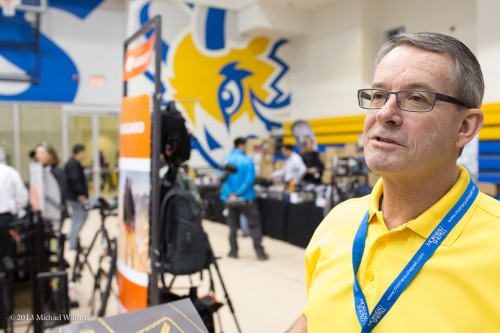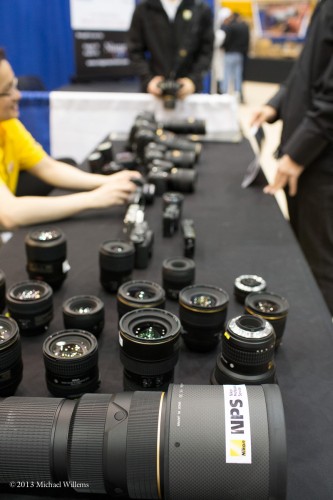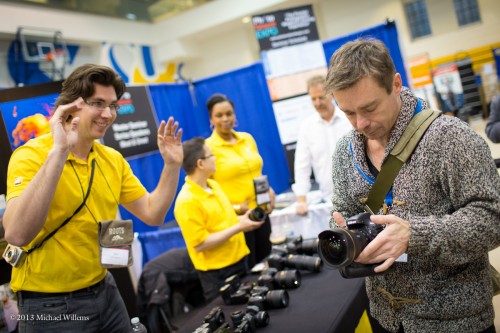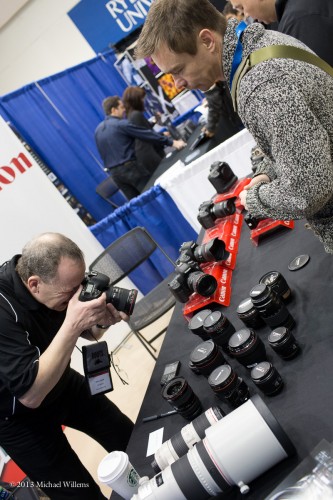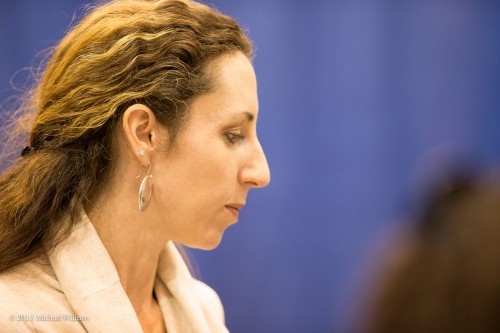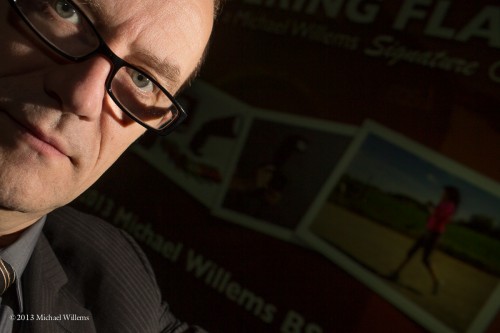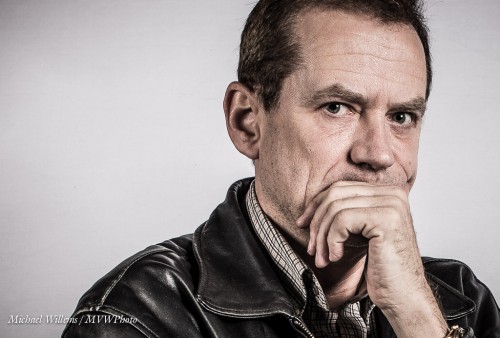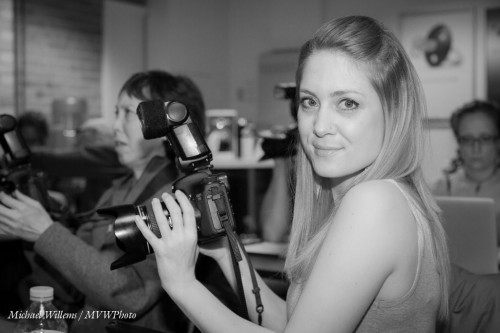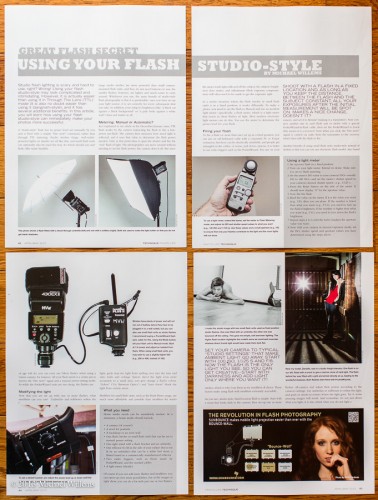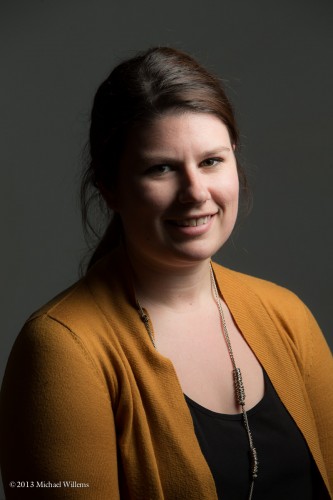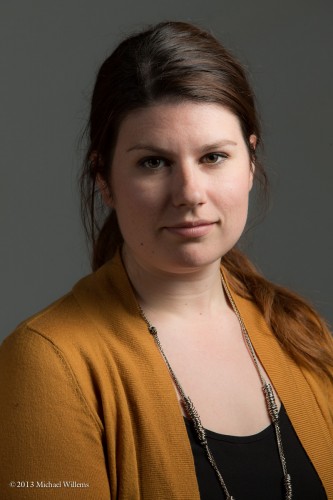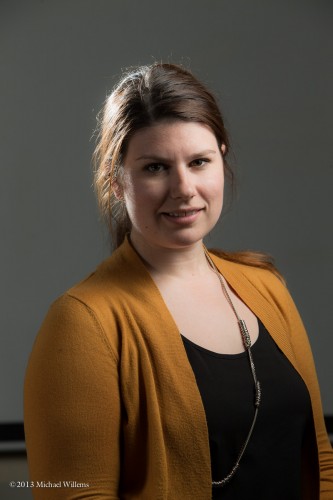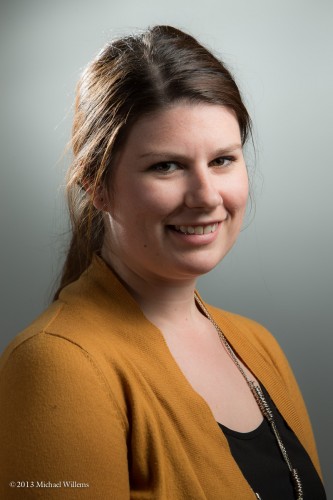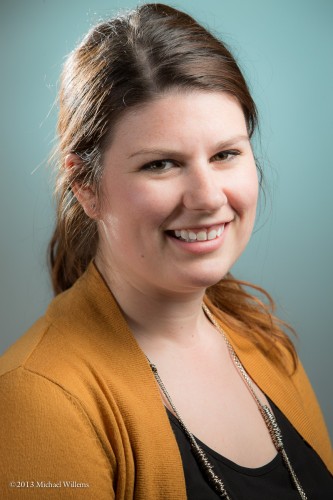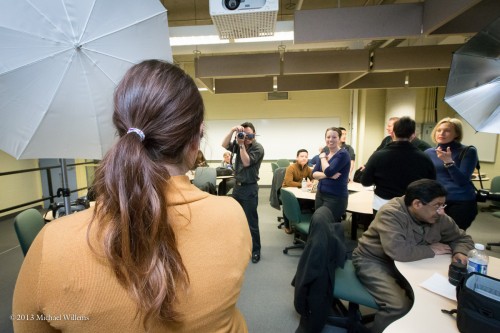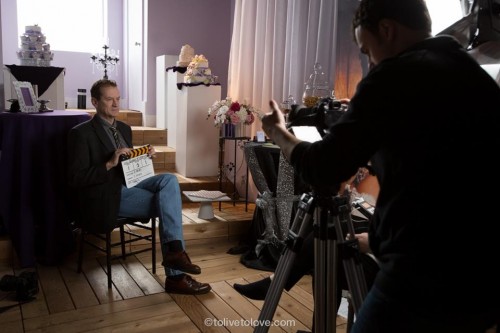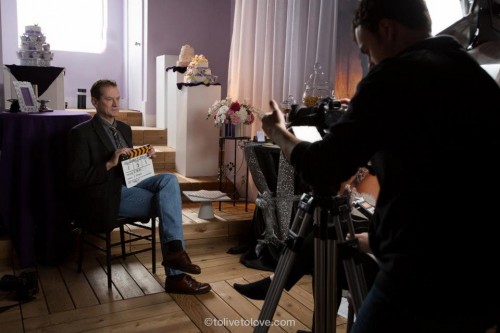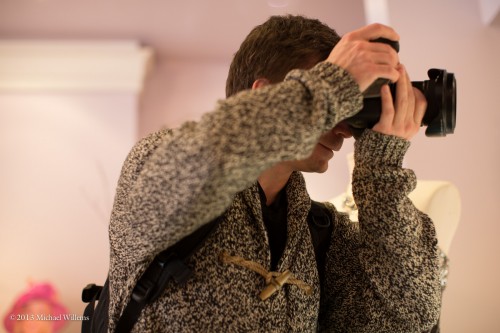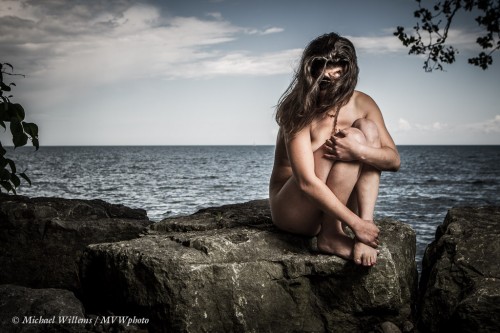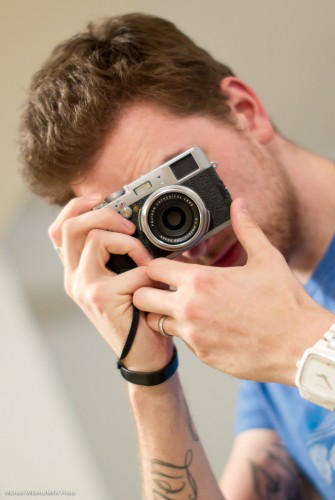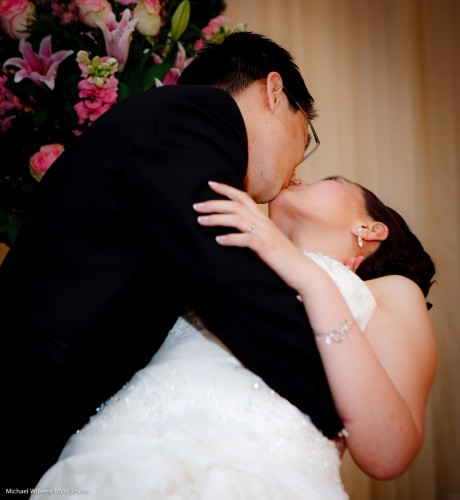[EDITED 8 April]
Today, I did a second one-hour flash course (a part two) at the Rick Bell-organized Niagara School of Imaging show at Toronto’s Maple Leaf Gardens – thanks to those of you who came out to see.
Here’s Rick:
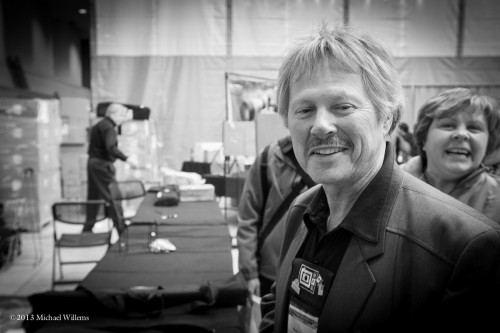
And of course today I had a little more time to talk to Canon, Nikon and the others who exhibited. A few observations, then!
The 85mm f/1.2 Canon prime is the best lens I have ever used. It’s soooo sharp, and its focus ring moves soooo smoothly… a dream! Here it is:
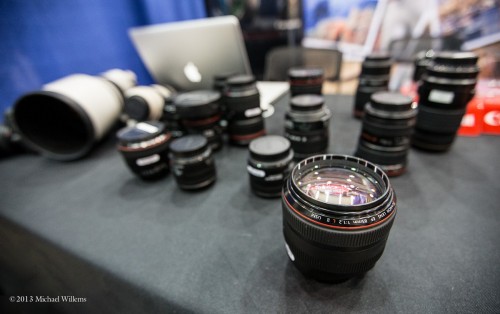
(Ohh… that glass… and as for my image, don’t you love that 16mm look? My 16-35mm Canon is also sharp and quite consistent: I love that lens.)
When I pointed the great focus ring action out to the Canon person at the counter (not a junior staffer), and asked “why aren’t all your lenses like this?”, his reaction was: “you don’t like our equipment much, do you?”.
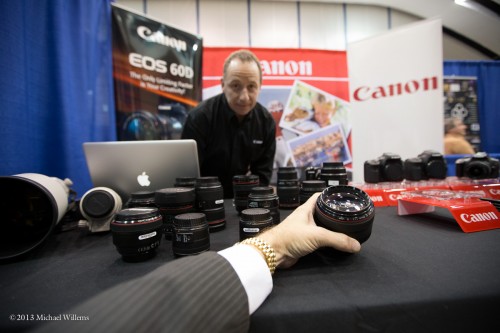
His reaction took me aback. Granted, it was perhaps partly caused by my having complained about the Canon service program (CPS) nowadays charging money for good pro service; and at the inconsistent focus I have with so many Canon lenses; and my musing about possibly switching to Nikon, but regardless, he continued to point out that he was a pro, a good one, and he had no problems, and that he has heard no other pros complain about Canon focus. It seemed to me that the implication was that I was at fault, that I did not know photography, i.e. that it was all my problem.
Now regardless of whether what I often experience is my problem or, as I strongly suspect, that of my lenses, his is a poor reaction to a customer complaint. Customers, when they engage with you to talk about your product or service, are doing you a very valuable service. It’s great to hear where customers, rightly or wrongly, perceive problems with your products. You don’t tell tem to go away, you ask for more depth, and either use the information to communicate more clearly, or to fix issues and improve your product.
[POSTSCRIPT: I can admit when I misjudged: Canon just called me and they are taking it seriously – the sales guy did escalate my issues, and a lady called and his making arrangements for investigation/repair and loaners. I shall keep you all in the loop!]
And in my case, I believe my concerns are valid. Search for “Canon Inconsistent Focus”:

Google shows 868,000 results. The same phrase with the word “Nikon” substituted yielded only 168,000 results.
[Again: since he did take it seriously and since the Canon lady did call, I imagine I misjudged and I finally got the attention I think I deserve as a great customer. Keeping you in the loop!]
Anyway – off to Tamron next. I tried the Tamron 24-70 f/2.8 lens, and felt that it is almost as good as the Canon 24-70 f/2.8 mark II, and for $1,000 less. And it is stabilized! It is much better than at least my MkI version of the Canon lens. Anecdotal, but an easy to see and hands-on experience.
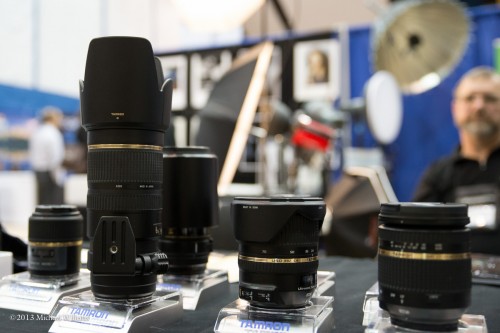
But the camera also showed Aperture “00” twice when I put this lens on my camera. This is probably nothing to worry about – the “00” warning usually just means a bad contact – but it is still something to watch out for. I would not, for instance, buy one of these a week before my Jamaica wedding next week, just in case. But: recommended you check it out.
Enough gear talk for now. Back to my two new Bengal kittens. But first:
Beginners tip of the day: as you saw here the other day, remember that to do a flash picture outdoors, your shutter speed must stay below 1/250th second (1/200th on some cameras). First try the picture with the flash off. If the shutter speed is below or at that value, you can turn on the flash and shoot. Otherwise, don’t even try. Your camera will reduce the shutter speed to 1/200th-1/250th sec, and your picture will be overexposed. This will happen especially on sunny days when you want blurry backgrounds.

